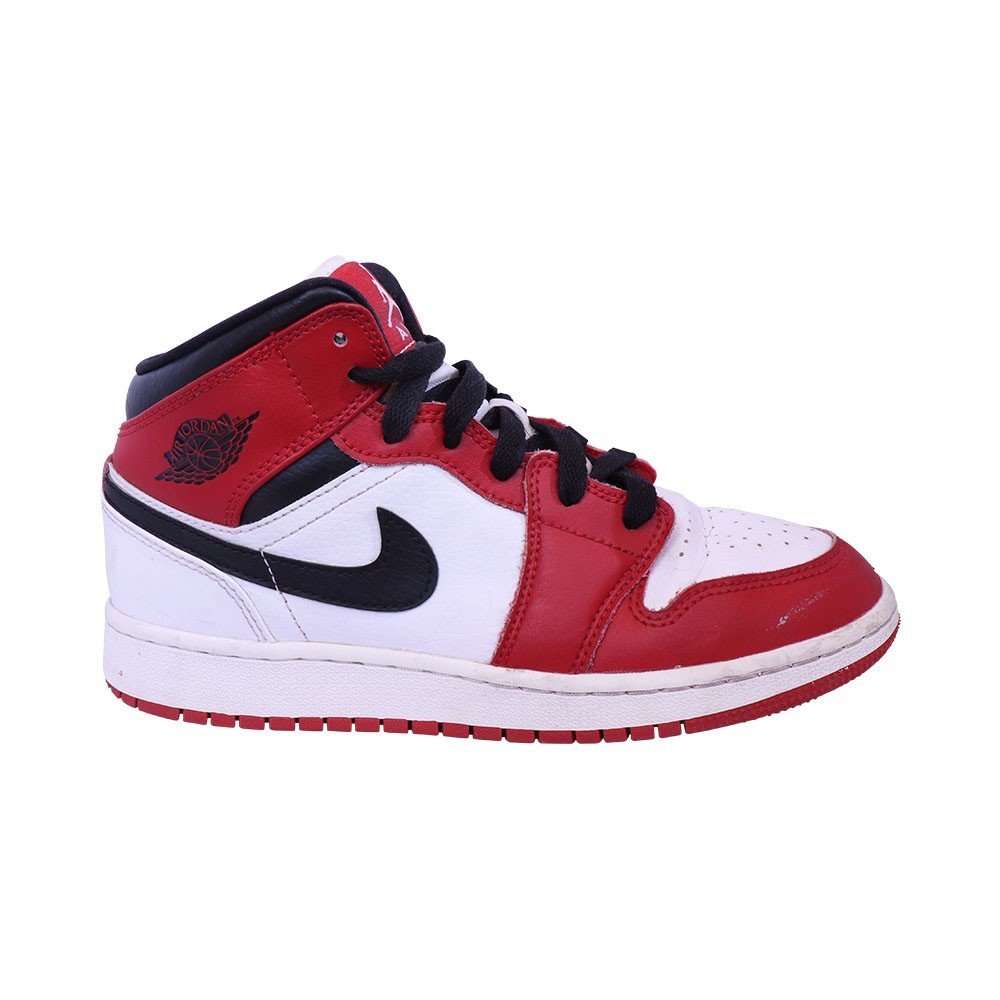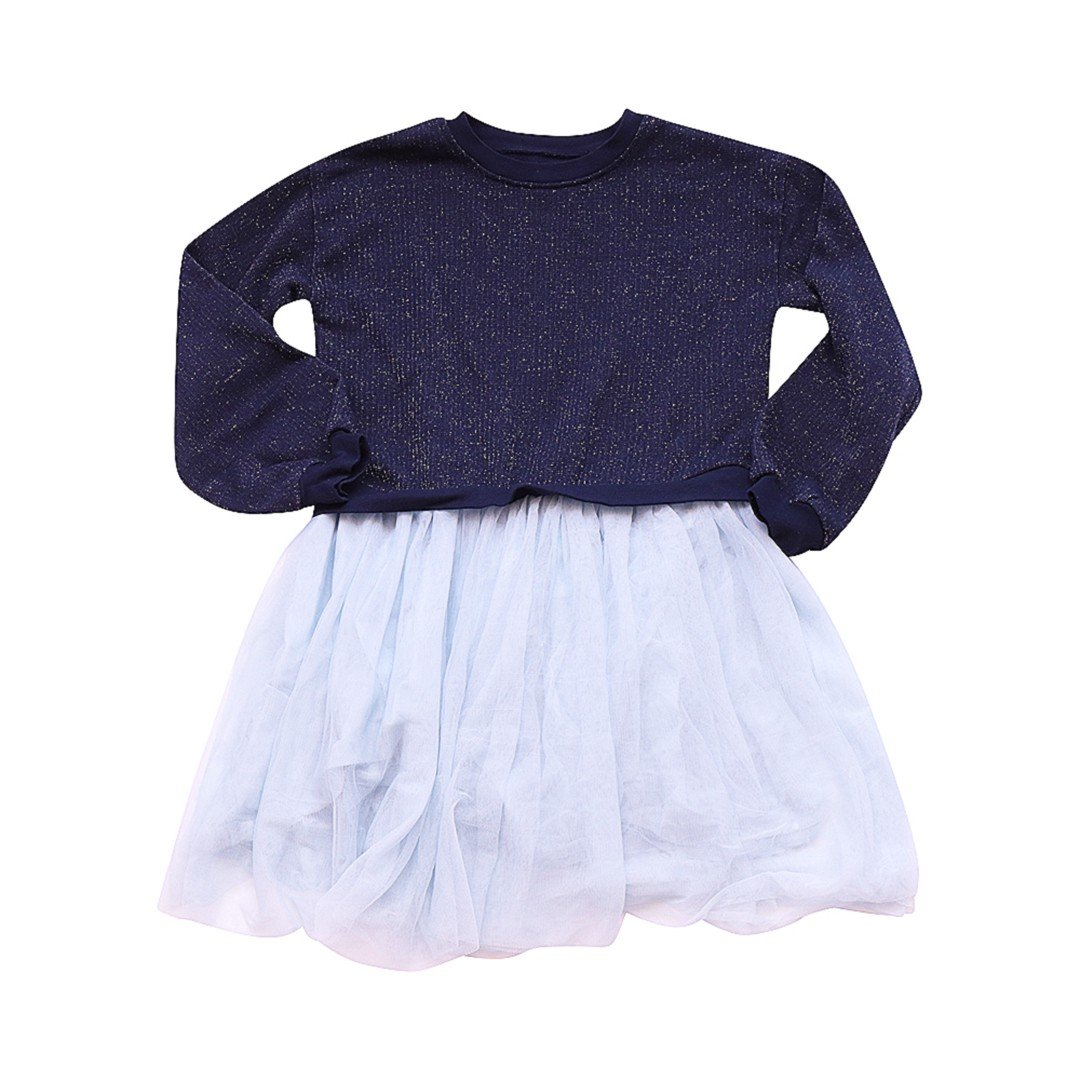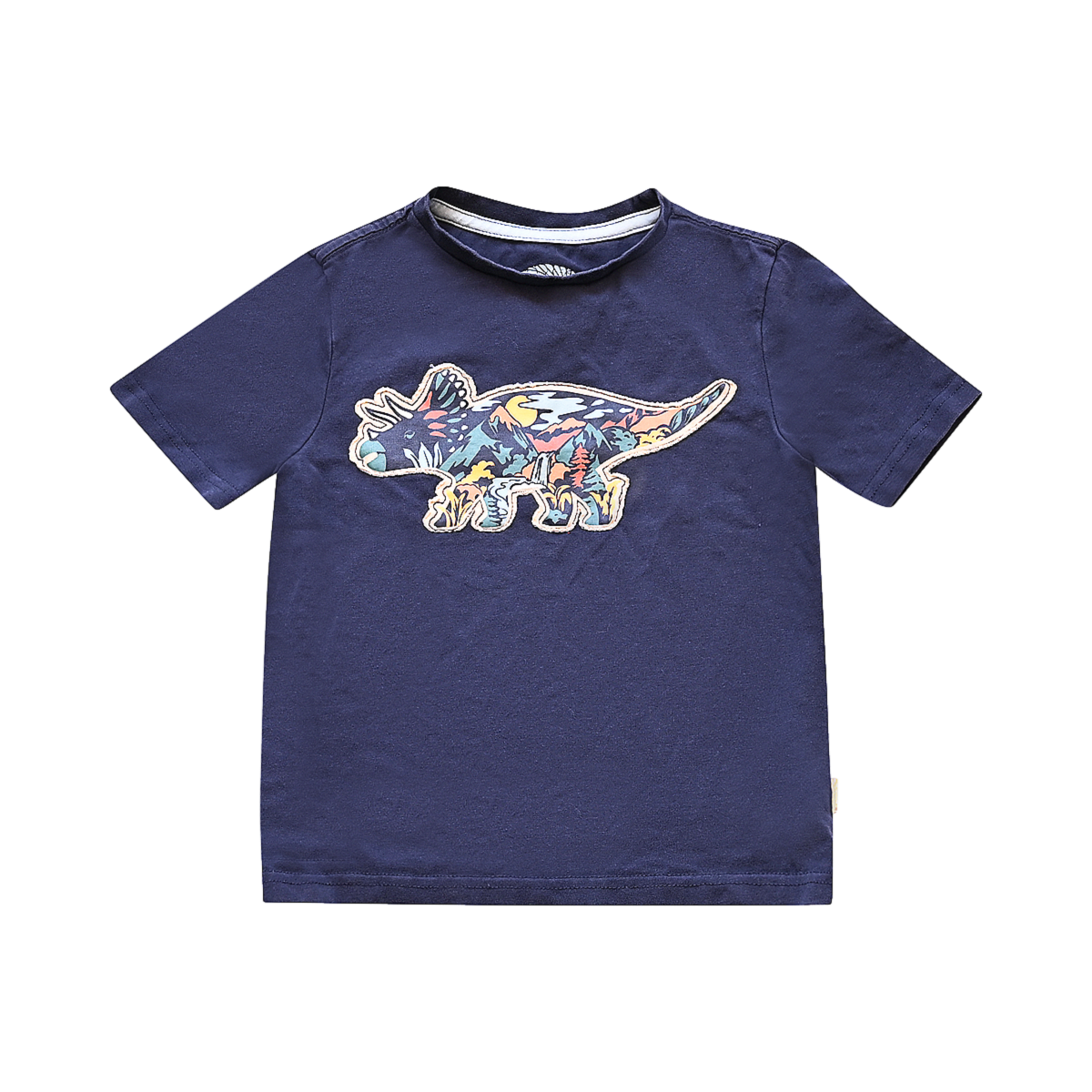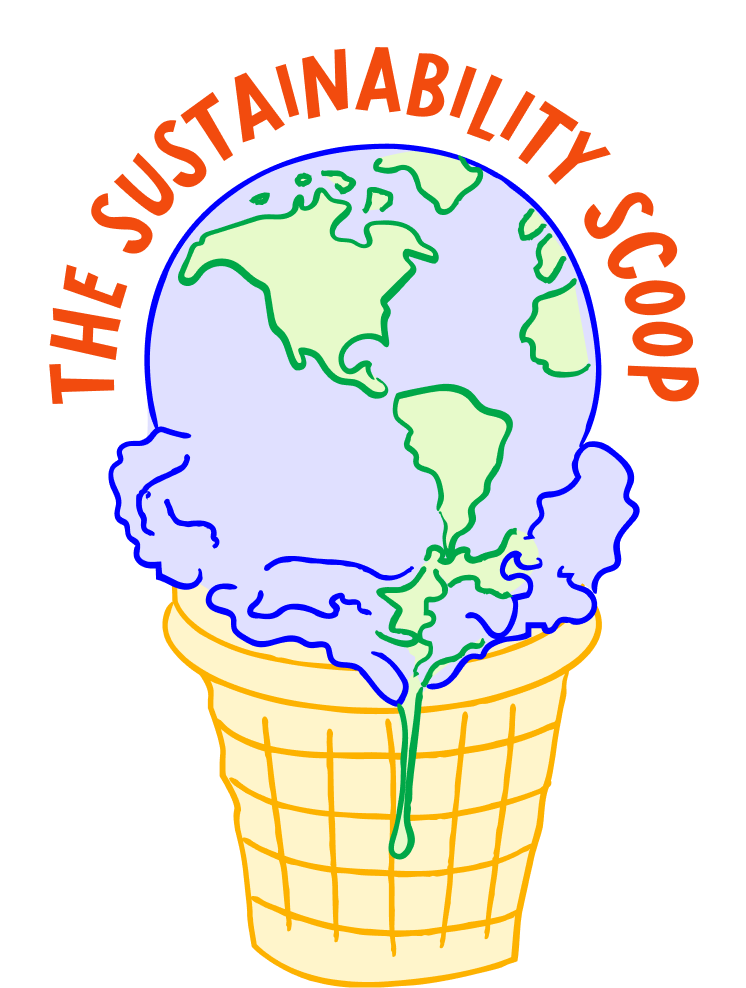
Sustainability Scoop
5 Smart Ways to Make Back to School More Sustainable
From secondhand outfits to waste-free lunches,
here’s how to cut the footprint (not the fun).
Back-to-school season = fresh pencils, big feelings, and…a whole lot of consumption. Between new clothes, lunchbox gear, and endless supplies, it’s easy for the eco-impact to sneak up on us. But it doesn’t have to be that way. Here are five easy wins to make this school year more sustainable—without sacrificing style, savings, or sanity.

Say it with us: Secondhand is no longer second-best. The average kid outgrows over 1,500 pieces of clothing before adulthood. By choosing preloved staples instead of new, you’re helping keep clothes in circulation—and out of landfills. Bonus: shopping secondhand means your kid’s outfit is way less likely to match anyone else’s on the first day of school.

Before you fill up your cart with plastic-wrapped packs of everything, take stock. Could last year’s supplies be reused? Can you donate or swap what you don’t need? Many local communities have back-to-school supply swaps—check your local Facebook group or PTA page to see if there’s one near you. Pro tip: Pick quality over quantity. One good pencil case (even secondhand!) beats three junky ones in a landfill.

Snack bags, juice boxes, and sandwich wrap all add up fast. Did you know the average school-age child creates 67 pounds of lunch packaging waste per school year. Instead, opt for reusable snack pouches, stainless steel lunchboxes, and cloth napkins. Want to make it cute? Let your kid help pick the patterns—or decorate a thrifted lunch tote with fabric markers.
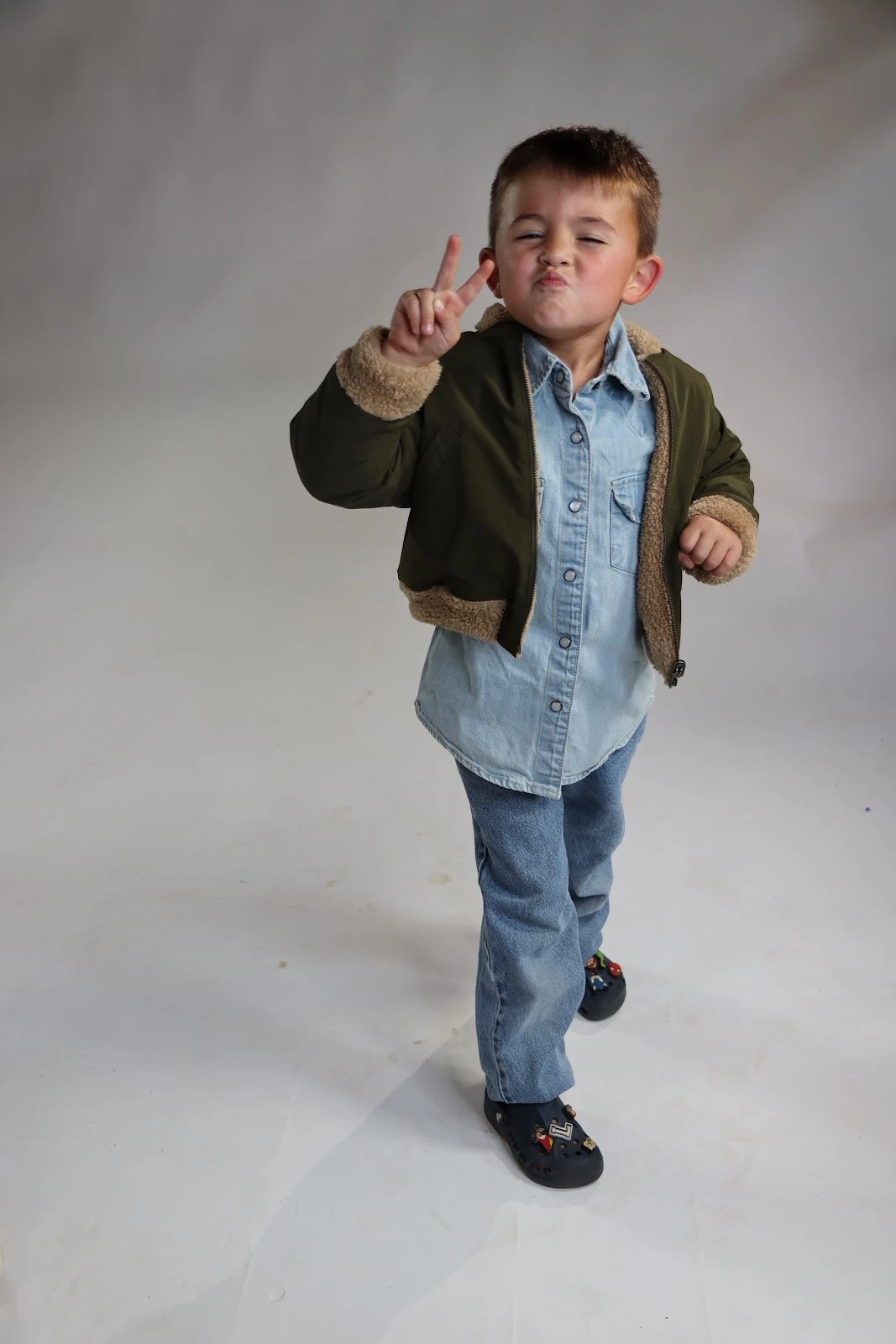
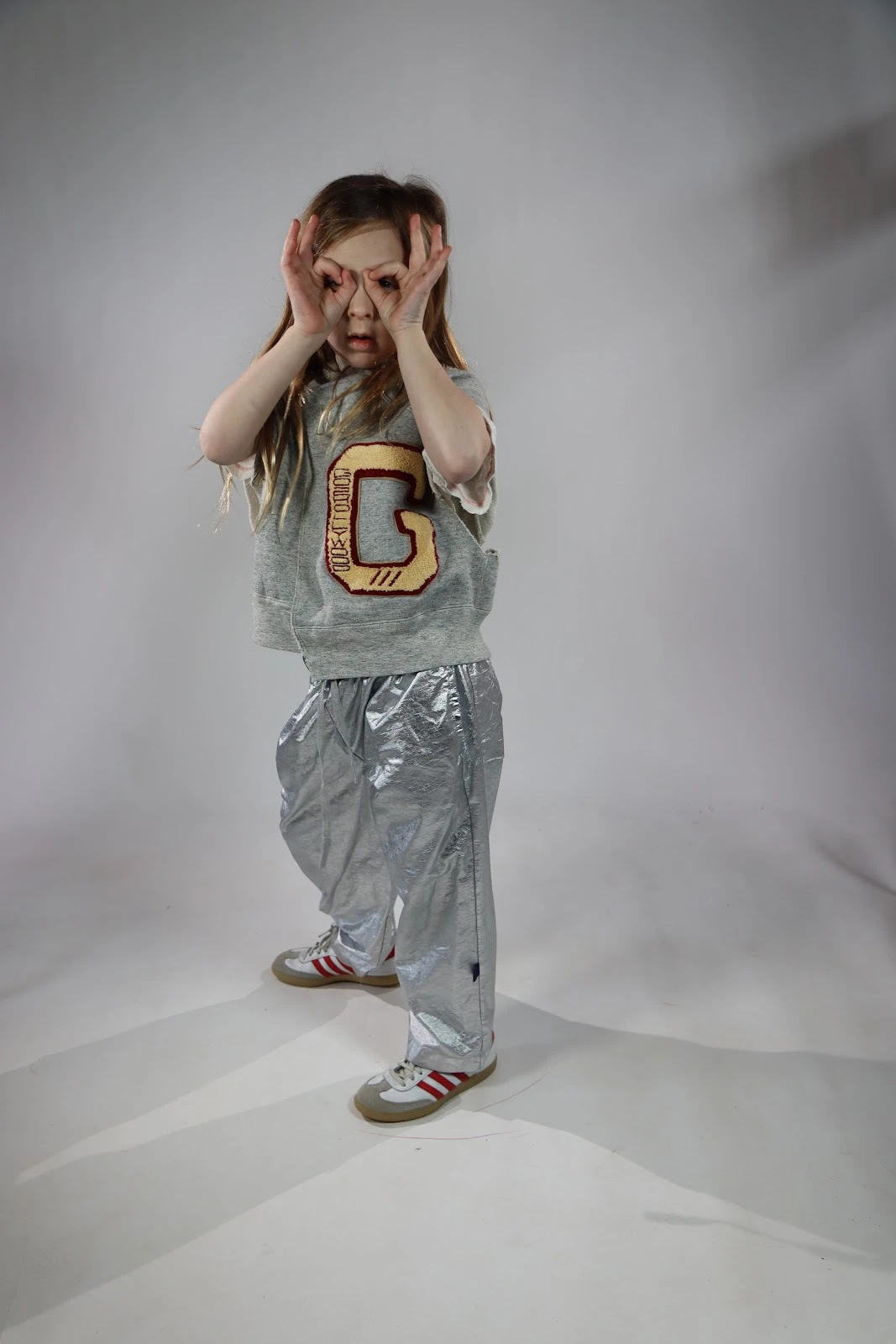

We get it! Kids wear out shoes faster than they learn their times tables. But choosing high-quality, gently worn pairs extends their life and reduces demand for fast-fashion footwear (which often ends up in landfills). Look for supportive soles, reinforced toes, and styles that can survive playground politics.

Your kid’s more likely to value sustainability if they understand why it matters. Turn it into a game: “How many items in your backpack are secondhand?” “What’s one thing you reused today?” Tiny conversations lead to big shifts. Plus, they’ll love knowing they’re helping the planet. Script it simple: “When we reuse something, we’re giving it another life—and helping the Earth breathe easier.”

